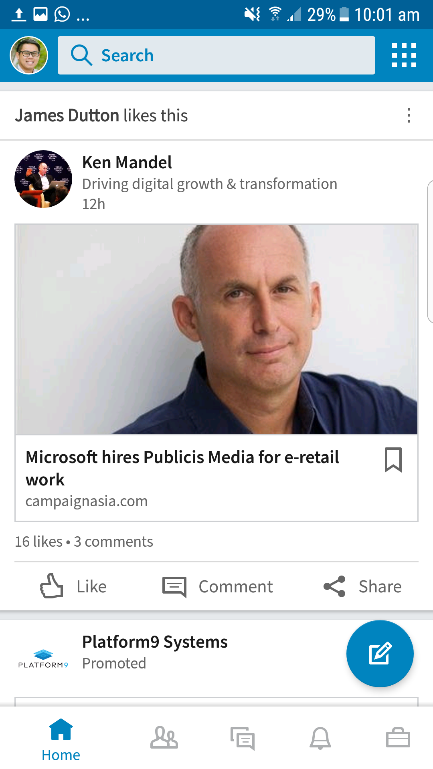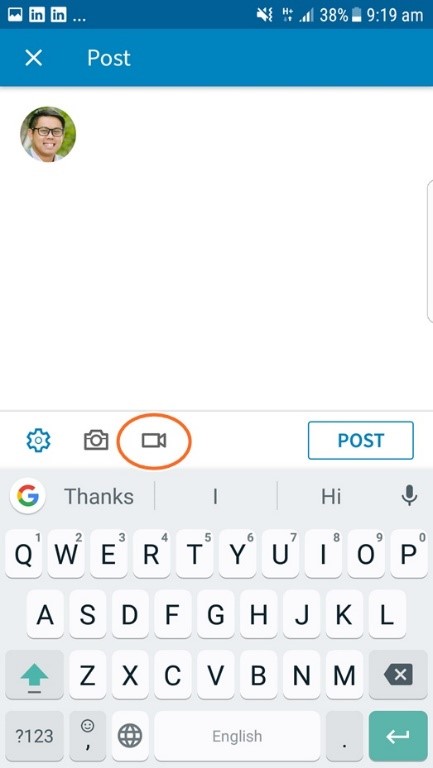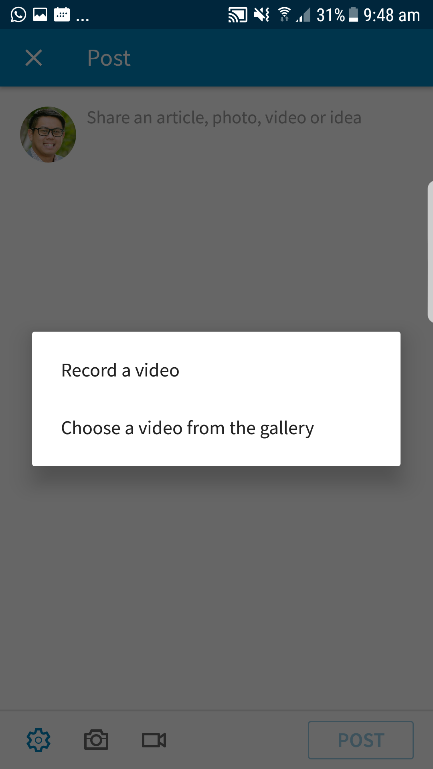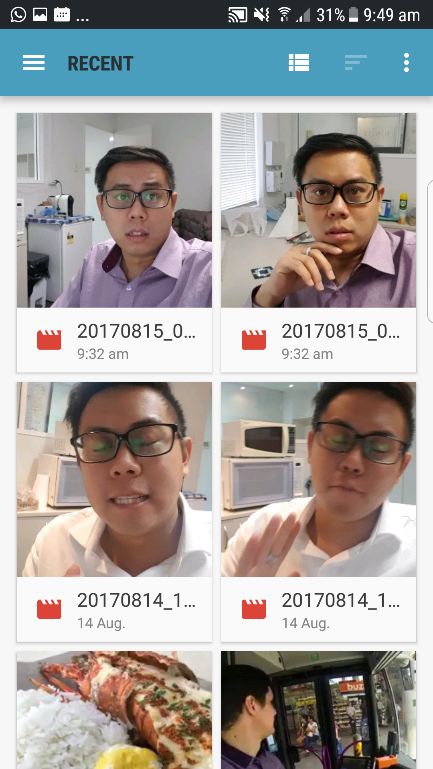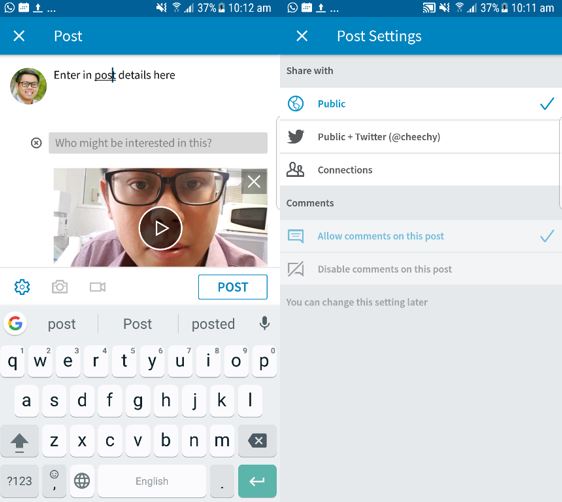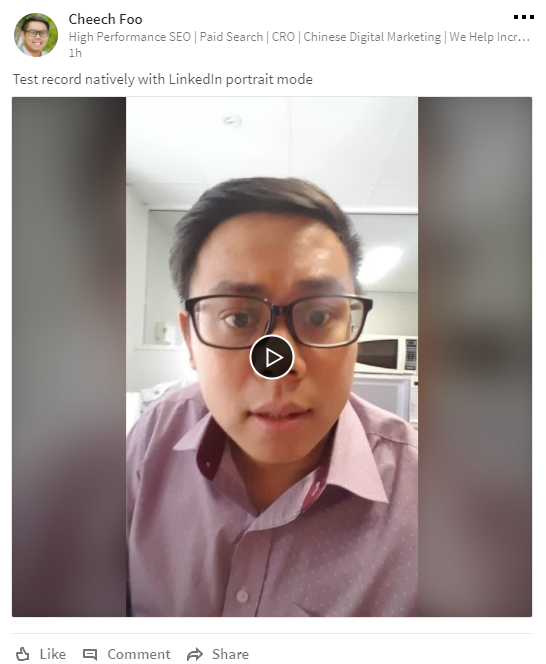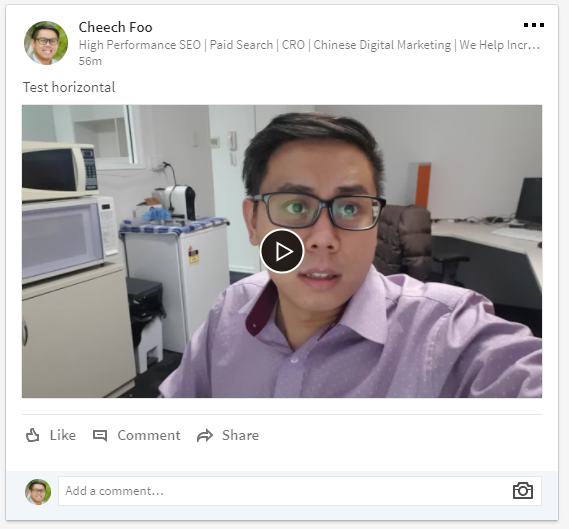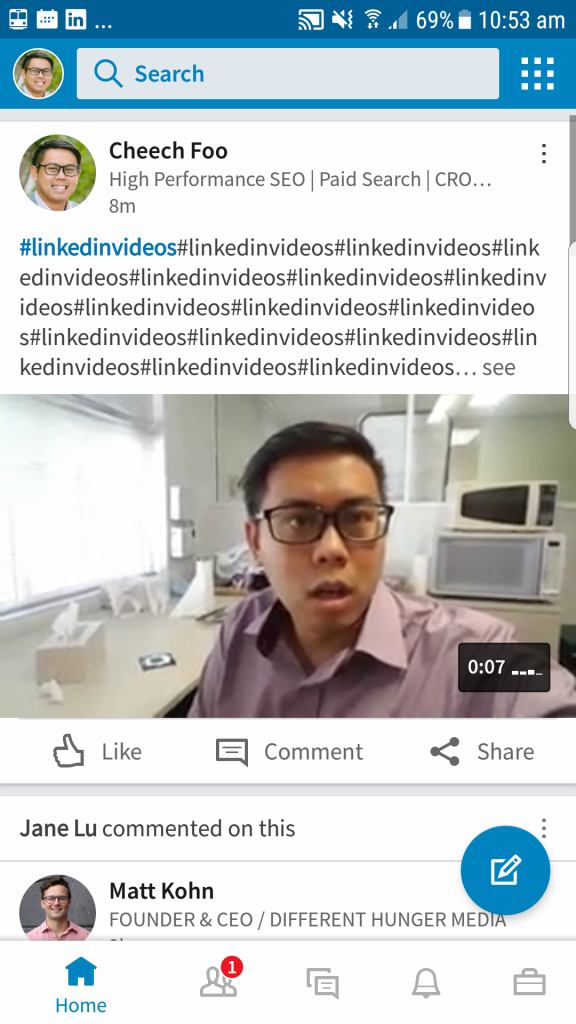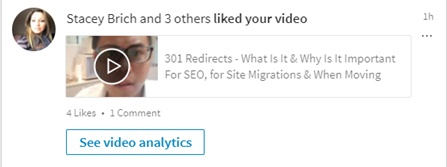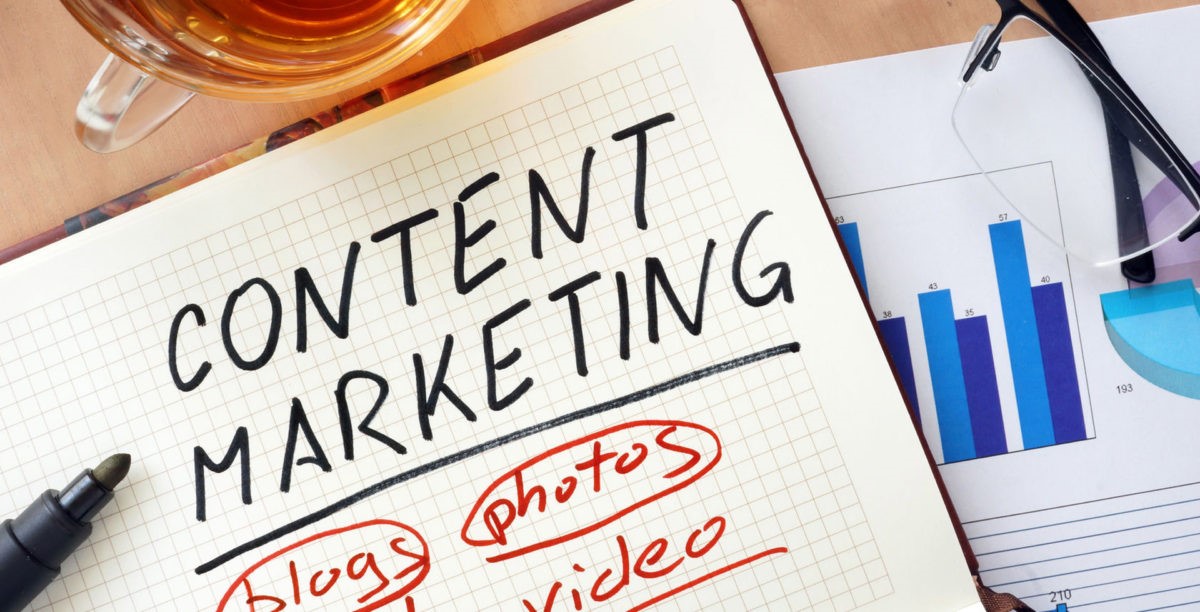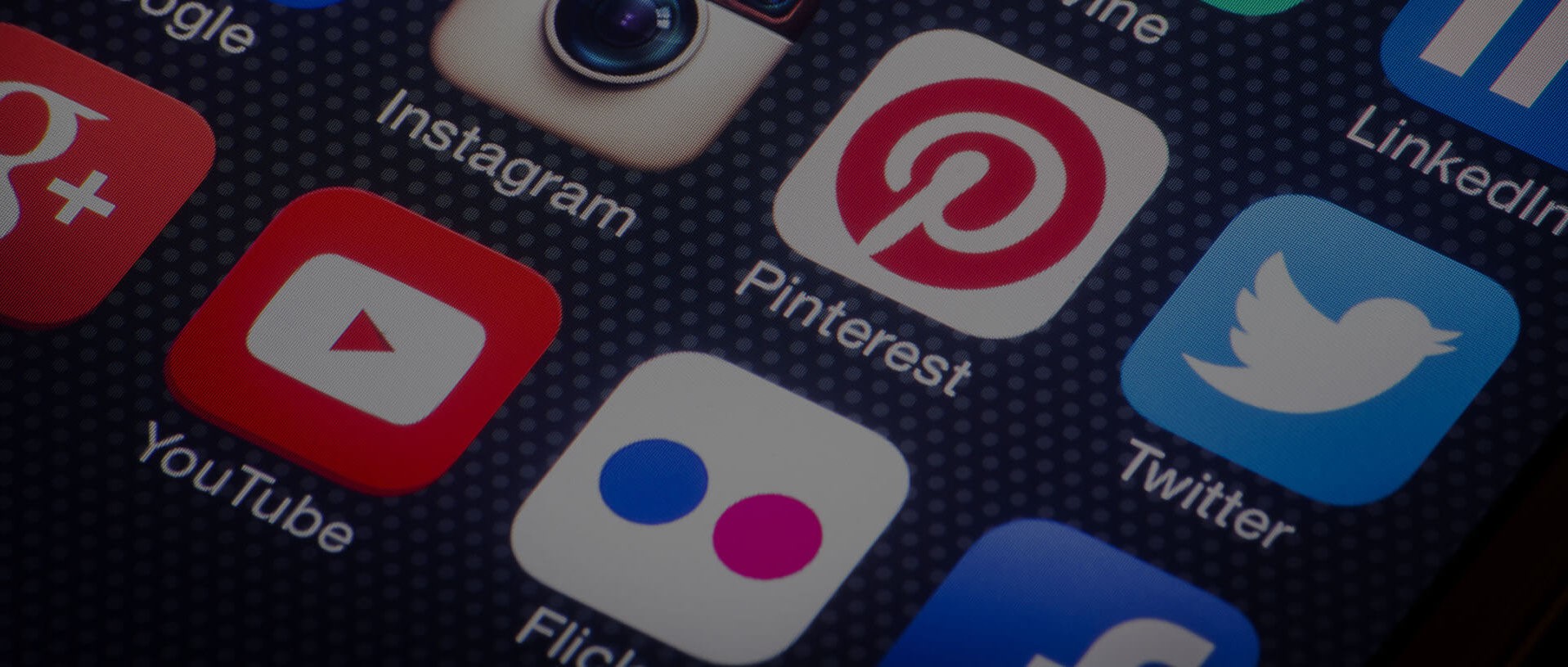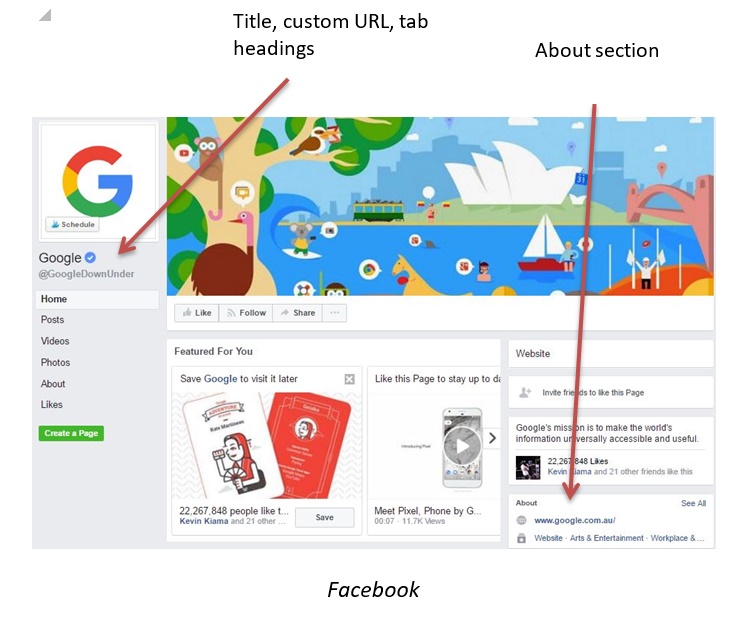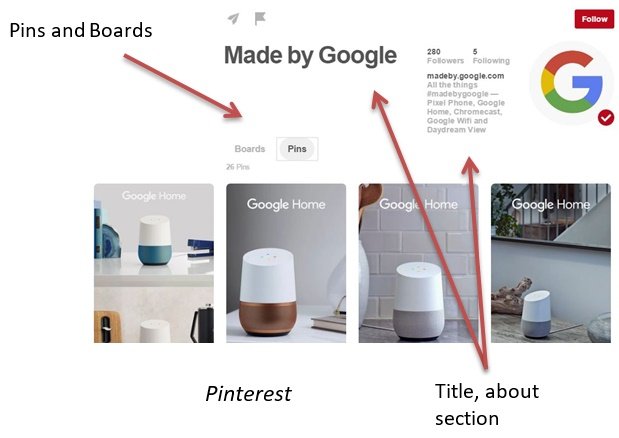By Lydia Barley
As all marketing professionals know it’s important to stay ‘on top of the game’ and social media is no exception. With the rise of social media, staying ‘on top of the game’ is becoming increasingly important. 79% of Internet users now use social networking sites and of those users 59% access social networking sites daily. While social media never sleeps it’s important to recognise that you do, so putting your life on hold or waking up at absurd times to post is not a viable option. There are a range of different social media scheduling sites that allow you to schedule posts to upload while you’re busy at work or tucked into bed!
What is Social Media Scheduling?
So, what is social media scheduling? Well, social media scheduling is the act of scheduling your posts to be posted at a particular time or date on your specified social media account/s; whether that be Facebook, Instagram, LinkedIn or Twitter.
The Benefits of Social Media Scheduling
- You can be active without being physically available. As mentioned previously you can schedule your content to upload while you’re busy at work or tucked into bed.
- You can post even when you don’t have internet. Don’t stress about blackouts or setting up the hotel WIFI while you’re away, with social media scheduling you don’t need the internet to post.
- You can spend more time creating better content. Rather than rushing to take a photo, write a caption and upload your post in time you can now sit there and truly think about your posts, allowing yourself to create better, more engaging content.
- You will have less distractions. Social media can be a huge distraction. Rather than interrupting your work to post, social media scheduling posts for you, preventing you from getting distracted and allowing you to finish your work in peace.
- You can post outside of business hours. With social media scheduling, you can schedule your posts to upload outside of business hours and on weekends. Remember, even though your business may not be open, social media is active 24/7.
- Space out your posts. Rather than posting all your content at once, social media scheduling allows you to space out your posts, ensuring that you get the highest return on your content.
- Manage multiple different accounts from one place. With social media scheduling you can post to all of your social media accounts in one place. In addition to this if you’re a marketing professional managing multiple different businesses at a time, you can post for all of those different businesses from one place.
Helpful Tips for Scheduling
– Engagement is key. Make sure to schedule your posts for the times that your engagement is at it’s highest.
– Spend as little as 10 minutes a day to schedule. Don’t overthink it. Scheduling is meant to make your life easy so truly embrace it and set a time limit for your scheduling.
– Always review what you’re scheduling. It’s best to double check what you’ve written and not only make sure there are no spelling mistakes but also ensure that your audience will understand and engage with the content you’re posting.
– Remember to check in on your post. Just because you can schedule your posts doesn’t mean you can now ignore them. Once your post is up check on it, monitor the engagement with the post and reply to any questions or concerns.
The Best Social Media Scheduling Sites
– Buffer
Buffer is known as ‘the social media assistant’ or the ‘siri of social media’. Simply let Buffer know what you want to post, where you want it to post and when you want it to post and Buffer will post them automatically based on your schedule. Buffer also offers mobile apps for both android and Ios devices, allowing you to truly work from anywhere.
Hootsuite is another popular scheduling site that makes finding, scheduling, managing and reporting on social media content easier. Hootsuite automatically schedules posts based on your schedule, ensuring that your social presence is active 24/7. Hootsuite allows you to bulk schedule; uploading and scheduling hundreds of messages at once. Similarly, to Buffer, Hootsuite also offers mobile apps for you to manage your scheduled content on the go.
Testing
One of the greatest ways to improve your performance on social media is continuous testing. Without testing to see what works and what doesn’t you would have no way of knowing which are the best days and times to post. This is why, especially in the beginning stages, testing is vital in identifying when and how to target your audience. The majority of social media management sites offer analytics features so you can measure your performance on each social media platform. These features are important as they allow you to determine which types of content perform best and what posting time has the highest levels of engagement. Both Buffer and Hootsuite offer analytics features, allowing you to gain an overview of your key metrics and build reports. Overtime with continuous testing and with the assistance of analytics you will gain insight into what works for you on each social media platforms.
Social Media Scheduling is the tool that you need to make your life easier. With a range of different benefits and features, there’s no reason for you not to utilise social media scheduling!





